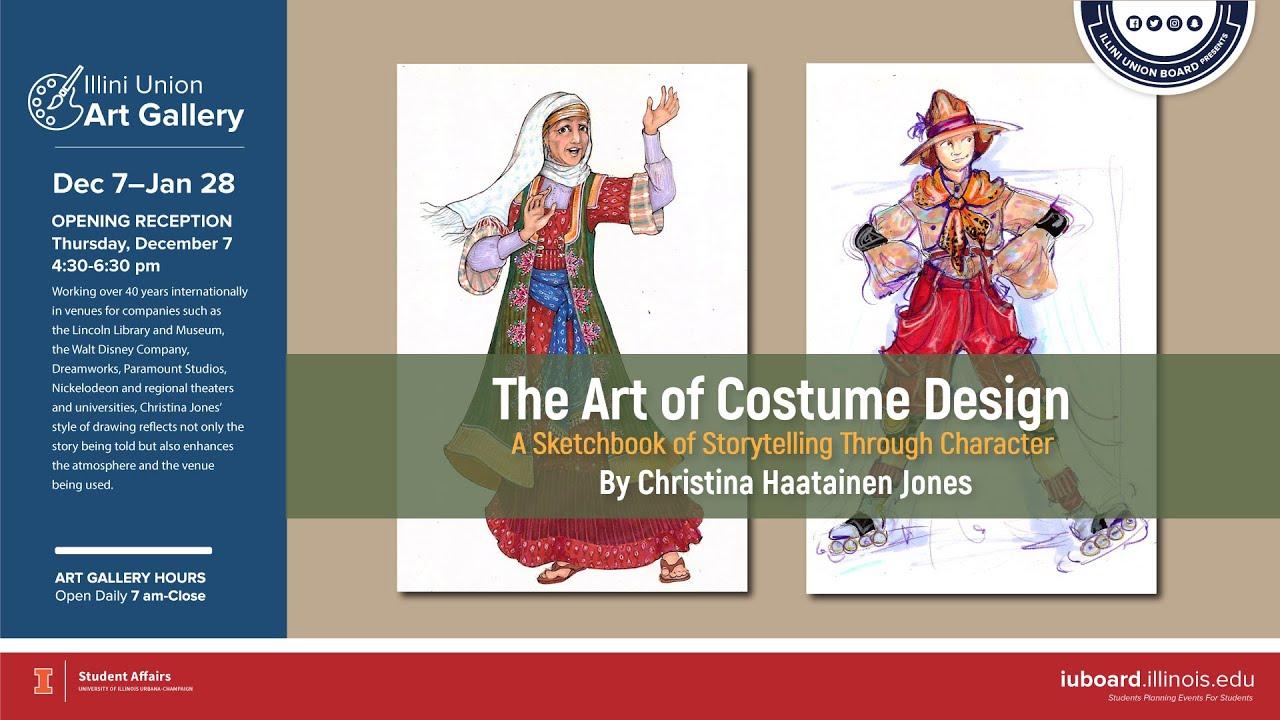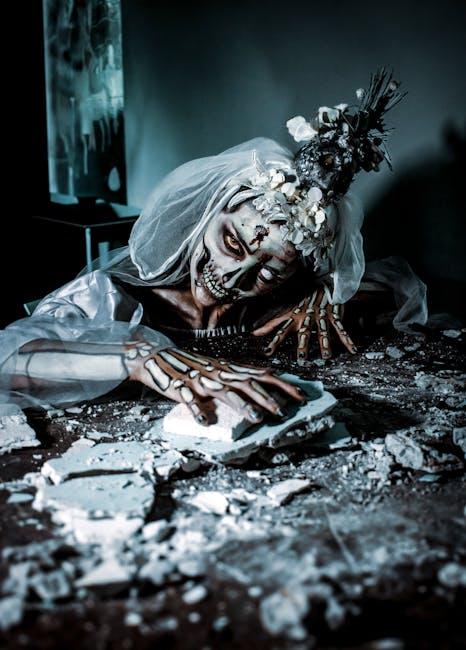In the shimmering world of film and theater, where lights dance and narratives unfold, the unsung heroes often dwell in the shadows. Among them are costume designers, the architects of visual storytelling who weave fabric into characters and eras. Yet, despite their pivotal role in shaping our cinematic and theatrical experiences, these artisans frequently find themselves sidelined during the glittering season of production awards. This article delves into the question: Are costume designers truly overlooked, and if so, why? Join us as we unravel the threads of recognition and explore the intricate tapestry of creativity and acknowledgment.
The Unsung Artists Behind the Scenes
In the world of film and theater, costume designers play a pivotal role in shaping the visual narrative. Their work often goes unnoticed despite its profound impact on character development and storytelling. These artisans meticulously research, design, and craft the garments that bring characters to life, yet their contributions are frequently overshadowed by more prominent awards categories.
- Character Identity: Costumes define a character’s personality, status, and evolution throughout the story.
- Historical Accuracy: Designers ensure that period pieces are authentic, enhancing the believability of the setting.
- Visual Cohesion: They work closely with directors and cinematographers to maintain a harmonious visual style.
While costume designers may not always be in the spotlight, their artistry is integral to the success of any production. Recognizing their work in award ceremonies would not only honor their creativity but also highlight the indispensable role they play behind the scenes.

The Impact of Costume Design on Storytelling
Costume design is a powerful yet often underestimated element of visual storytelling. It serves as a silent narrator, conveying character traits, historical context, and emotional subtext without uttering a single word. Through meticulously chosen fabrics, colors, and styles, costume designers breathe life into characters, making them relatable and authentic. A well-crafted costume can instantly transport audiences to another era or dimension, allowing them to immerse themselves in the story’s world.
- Character Development: Costumes reveal insights into a character’s background, personality, and evolution.
- Setting and Era: Attire accurately reflects the time period and geographical location, enhancing the narrative’s authenticity.
- Symbolism and Themes: Designers use clothing as a medium to symbolize deeper themes and motifs within the story.
Despite their pivotal role, costume designers often find themselves in the shadows during awards season. Their contributions are overshadowed by more prominent categories, yet their work is integral to the overall impact of a production. Recognizing the artistry and influence of costume design could elevate the appreciation of these visual storytellers who transform scripts into vivid, tangible experiences.
 Costume Designers in Award Recognition”>
Costume Designers in Award Recognition”>
Challenges Faced by Costume Designers in Award Recognition
Costume designers often navigate a complex landscape in the world of award recognition. While their work is crucial to the storytelling process, it sometimes remains overshadowed by other production elements. The intricacy of their craft involves historical research, fabric selection, and character alignment, yet these efforts are not always visible to the audience or award committees. This can lead to a lack of appreciation and acknowledgment in major award ceremonies.
Some challenges include:
- Visibility: Unlike directors or actors, costume designers are often behind the scenes, making it harder for their contributions to stand out.
- Subjectivity: Evaluating costumes can be subjective, as personal taste can heavily influence opinions on what is deemed award-worthy.
- Competition: In a crowded field with numerous talented designers, distinguishing one’s work can be difficult.
Despite these hurdles, the artistry and dedication of costume designers remain integral to the magic of film and theater, deserving of more consistent recognition.

Elevating Costume Design in the Awards Arena
In the dazzling world of film and television, costume designers play a pivotal role in bringing characters to life, yet their contributions often remain in the shadows of more celebrated categories. The intricate artistry of costume design deserves more recognition in the awards arena, where visual storytelling is as vital as the script itself. These designers meticulously research historical periods, cultural contexts, and character arcs to craft wardrobes that resonate with audiences and enhance narrative depth.
Despite their crucial role, the spotlight on costume design during awards season can sometimes feel dim. Consider these points when evaluating their impact:
- Visual Storytelling: Costumes are not just clothing; they are a narrative tool that conveys character evolution and setting.
- Cultural Authenticity: Designers ensure cultural accuracy and sensitivity, adding layers of authenticity to the production.
- Innovative Techniques: From digital designs to sustainable materials, modern costume design incorporates cutting-edge techniques.
To truly honor these artists, the industry must amplify their contributions, ensuring that their creativity and dedication receive the accolades they richly deserve.

